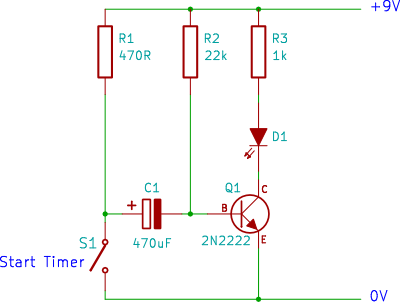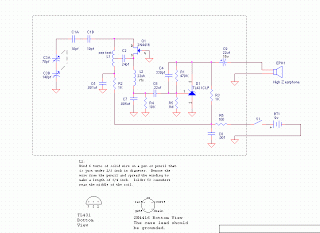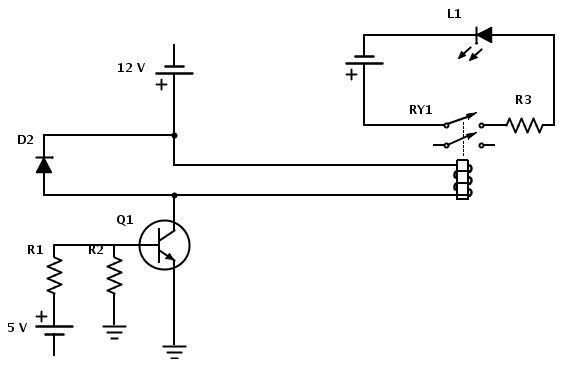
Long range AM transmitter Using BF495 Transistor

The circuit diagram of an AM transmitter circuit based on three transistors. With correct tuning and a matching antenna, the transmitter can effectively transmit amplitude-modulated signals.
The AM transmitter circuit utilizes three transistors configured to amplify and modulate the input audio signal. The first transistor acts as a microphone preamplifier, converting the audio signal into an electrical signal suitable for further processing. The second transistor functions as a modulator, where the audio signal is combined with a high-frequency carrier wave generated by an oscillator circuit. The third transistor serves as a final amplifier, boosting the modulated signal to a level suitable for transmission.
In this setup, proper tuning of the circuit is crucial for optimal performance. The oscillator frequency must be adjusted to match the desired transmission frequency, while the antenna must be matched to the transmitter's output impedance to maximize radiated power and minimize signal loss. Capacitors and inductors are typically used in the tuning circuit to adjust the frequency response and ensure that the transmitter operates within the appropriate bandwidth.
The circuit may also include additional components such as resistors for biasing the transistors, diodes for signal rectification, and filters to eliminate unwanted harmonics and noise. The overall design must adhere to relevant regulations regarding transmission power and frequency to ensure compliance with communication standards. Proper assembly and layout of the circuit are essential to minimize interference and maintain signal integrity during operation.the circuit diagram of an AM transmitter circuit based on three transistors. With correct tuning and a matching antenna, the transmitter can .. 🔗 External reference
The AM transmitter circuit utilizes three transistors configured to amplify and modulate the input audio signal. The first transistor acts as a microphone preamplifier, converting the audio signal into an electrical signal suitable for further processing. The second transistor functions as a modulator, where the audio signal is combined with a high-frequency carrier wave generated by an oscillator circuit. The third transistor serves as a final amplifier, boosting the modulated signal to a level suitable for transmission.
In this setup, proper tuning of the circuit is crucial for optimal performance. The oscillator frequency must be adjusted to match the desired transmission frequency, while the antenna must be matched to the transmitter's output impedance to maximize radiated power and minimize signal loss. Capacitors and inductors are typically used in the tuning circuit to adjust the frequency response and ensure that the transmitter operates within the appropriate bandwidth.
The circuit may also include additional components such as resistors for biasing the transistors, diodes for signal rectification, and filters to eliminate unwanted harmonics and noise. The overall design must adhere to relevant regulations regarding transmission power and frequency to ensure compliance with communication standards. Proper assembly and layout of the circuit are essential to minimize interference and maintain signal integrity during operation.the circuit diagram of an AM transmitter circuit based on three transistors. With correct tuning and a matching antenna, the transmitter can .. 🔗 External reference





